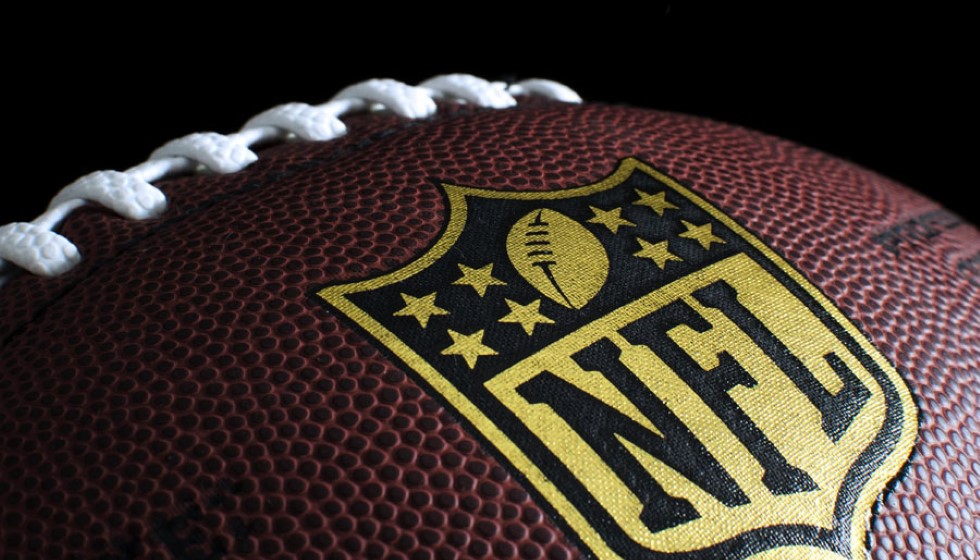
The National Football League (NFL), known for its exhilarating gameplay and passionate fanbase, houses 32 teams with a roster exceeding 2,200 players. The NFL Draft stands as a cornerstone event for injecting new talent into the league, drawing attention from fans, coaches, and players alike. This annual event, spanning three days each April, sets the stage for about 250 collegiate athletes to make the leap into professional football, shaping the future of their careers and the teams that select them.
The Mechanics of the NFL Draft
The draft comprises seven rounds, meticulously planned over three days, where NFL teams take turns selecting players. The order of these selections is inversely related to the teams' performance in the previous season, ensuring that those with the least success have the opportunity to improve by picking earlier. This system underpins the NFL's effort to maintain a competitive balance across the league, giving every team a fighting chance for future success.
However, the draft is more than just an opportunity for teams to bolster their rosters with top-tier talent; it's a deep strategic play that tests the acumen of the league's general managers and coaches. Deciding on which player to draft goes beyond evaluating their collegiate performance and skill set. Teams must consider how each player fits into their existing roster, scheme, and locker room culture. This complex decision-making process turns the draft into a high-stakes chess match, where the right move can lead to success for years to come.
From Draft Picks to NFL Stars
While the draft's prime focus is on the selection of players through its rounds, it's important to note that undrafted players also have the potential to leave a significant mark on the league. Following the official draft days, teams are quick to sign undrafted free agents, many of whom have gone on to have impactful careers. This aspect of the draft process underscores the notion that success in the NFL isn't solely reserved for those picked in the early rounds; talent and determination can emerge from any draft position.
An illustrative example of this is Tom Brady, picked 199th overall in the 2000 NFL Draft, who defied the odds to become one of the greatest quarterbacks in NFL history. Brady's story is a compelling reminder of the unpredictable nature of the draft and the potential for greatness in every selection.
Trading Draft Picks
Another layer of strategy in the draft comes from the ability of teams to trade picks. This facet of the draft empowers teams to maneuver within the draft order, acquiring more picks or positioning themselves to select a player they highly covet. Trades can happen before or during the draft, with teams often making moves based on real-time developments and their evolving needs. This dynamic element adds a layer of intrigue and complexity, as decisions made in the moment can have long-term consequences for a team's success.
Maintaining Competitive Balance
The fundamental aim of the NFL Draft is to uphold the league’s competitive balance, ensuring that every team, regardless of its market size or previous season's performance, has the chance to improve. This principle is crucial for keeping the league engaging and unpredictable, fostering a sense of hope and potential among fans and teams alike. The draft's structure is designed to level the playing field, making strategic planning, talent evaluation, and player development paramount for long-term success.
As history has shown, success in the NFL can indeed come from any draft round. This reality keeps the dream alive for all aspiring professional football players, regardless of whether they are top prospects or undrafted free agents. It also emphasizes the importance of the draft in shaping the league's future, turning it into an event that captivates millions of fans, eager to see the next generation of NFL stars begin their journey.
In conclusion, the NFL Draft is a pivotal event that goes beyond the selection of collegiate players. It embodies the league's efforts to ensure competitive balance, tests the strategic minds of its teams, and offers a beacon of hope for players seeking to make their mark in professional football. As the NFL continues to evolve, the draft remains a vital part of its ecosystem, fascinating fans and shaping the destiny of its teams and players for years to come.